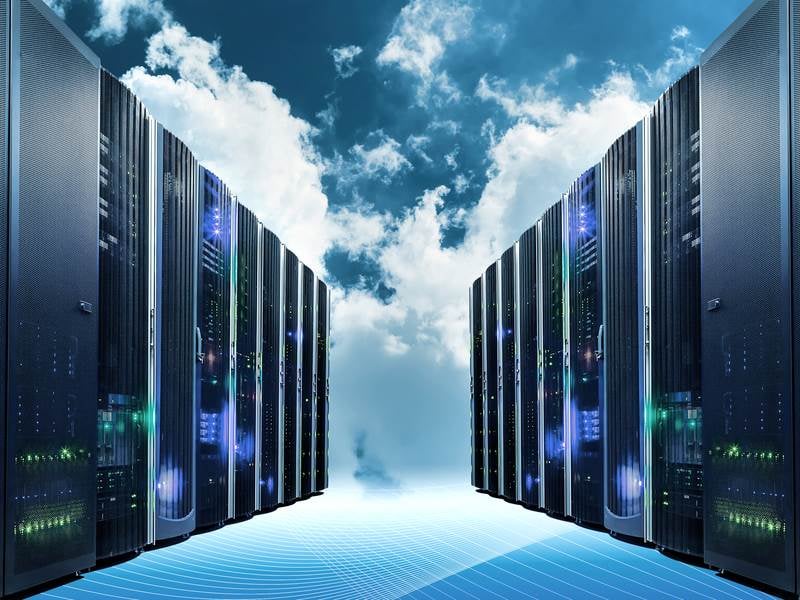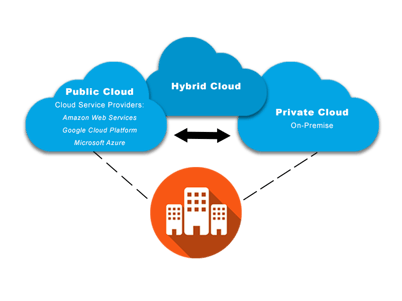 Over the past decade, networking and the internet have transformed into cloud computing and now edge computing, to meet various consumer needs and uses. Edge computing is slowly becoming the new wave of data infrastructure, powered by the Internet of Things and 5G technologies. You can now access additional features on your IoT devices, phones, and computers, without investing in storage capacity or computing power.
Over the past decade, networking and the internet have transformed into cloud computing and now edge computing, to meet various consumer needs and uses. Edge computing is slowly becoming the new wave of data infrastructure, powered by the Internet of Things and 5G technologies. You can now access additional features on your IoT devices, phones, and computers, without investing in storage capacity or computing power.
Despite its benefits, there are some serious concerns that cloud computing hasn’t addressed yet, such as latency and real-time responsiveness in certain applications like self-driving cars. Edge computing tends to address these drawbacks by aiding high-end computing power through data feeding mechanisms. Read on to find out how edge computing differs from cloud computing and further understand which one is better for you.
What is Cloud Computing?
Cloud computing refers to the use of a computing infrastructure that stores and processes data in centralized remote data centers and servers via internet connectivity. The computing infrastructure has four main deployment models, each with its unique characteristics. These models include:
- Community cloud: Community cloud infrastructure allows the sharing of a cloud among organizations with shared and similar interests and requirements.
- Private cloud: Private cloud deployment model is maintained, operated, and deployed solely for specific organizations.
- Public cloud: Public cloud deployment models are owned by cloud service providers who provide services to the public for commercial purposes.
- Hybrid cloud: Hybrid cloud infrastructure involves several types of clouds that allow applications and data to move from one cloud to the other.
Despite its challenges, cloud computing is easily scalable, reliable, mobile accessible, and cost-effective.
What is Edge Computing?
Edge computing refers to a computing infrastructure that exists at the edge of data sources or networks and closer to the data source. Unlike cloud computing, edge computing uses a network mesh of small data centers located at the edge of the network to process and store data. This distributed paradigm saves bandwidth and eliminates lag-time.
There are mainly two forms of edge computing, namely:
- Cloud edge: Cloud edge computing uses a public cloud that is extended to different point-of-presence locations to store and process data.
- Device edge: Device edge computing uses custom software stacks that emulate cloud services, running on an existing hardware
Typically, the main strongpoints of edge computing are reduced operational costs, decreased latency, lower connectivity and management costs, and improved performance. You can use edge computing in autonomous vehicles, smart homes, and streaming services.
Edge computing vs. cloud computing
Although edge computing and cloud computing have stark differences, one is not a substitute for the other. They both have their strong points and drawbacks and suit different consumer needs. Here are the differences that the two computing technologies have.
- Suitable companies

Cloud computing is designed for in-depth and long term data analysis. This makes the computing ideal for organizations and projects that require massive data storage. Edge computing, on the other hand, is designed to offer quick and real-time analysis and monitoring.
Edge computing is suitable for use in real-time response applications and companies with budget limitations.
Cloud computing stores and processes data in centralized remote servers and data centers, located miles away from the data source. This presents hackers and malicious attackers unwarranted headaches underlining the safety and security features that the computing infrastructure boasts. Cloud computing requires a less robust security plan when compared to edge computing.
The exposure of data to the nearest access point in edge computing makes it highly vulnerable to hacking and malicious attacks. To minimize the risk, edge computing requires advanced security authentication measures and a robust security plan.
- Storage capabilities and processing power
Cloud computing’s remote servers, and data centers provide it with advanced and superior processing power as well as large storage capabilities. Cloud computing can process and store large volumes of data without any hitches. Edge computing, on the other hand, stores and processes data on devices and sensors, thus, limiting its storage capabilities and processing power.
- Location of data processing
Cloud computing uses remote servers and data centers centrally managed to  process and store data. The process of retrieval and storage is initiated by the Centrally Managed System (CMS). The edge computing data processing, on the other hand, is done by the edge network and the Centrally Managed System, making it time redundant and effective.
process and store data. The process of retrieval and storage is initiated by the Centrally Managed System (CMS). The edge computing data processing, on the other hand, is done by the edge network and the Centrally Managed System, making it time redundant and effective.
- Internet use
Accessing data from cloud computing requires logging into the cloud server, using a seamless internet connection. Edge computing, on the other hand, uses the Internet of Things and 5G technologies to process data. The computing can, therefore, work even without internet access, thus, being more apt for use in places with poor internet connectivity.
Contrary to what many people believe, edge computing is rather complementary than a substitute for cloud computing. When used together, the two computing technologies allow you to process and store data efficiently and effectively. You can use cloud computing to safely back up large volumes of data and use edge computing to process less-sensitive data quickly.









